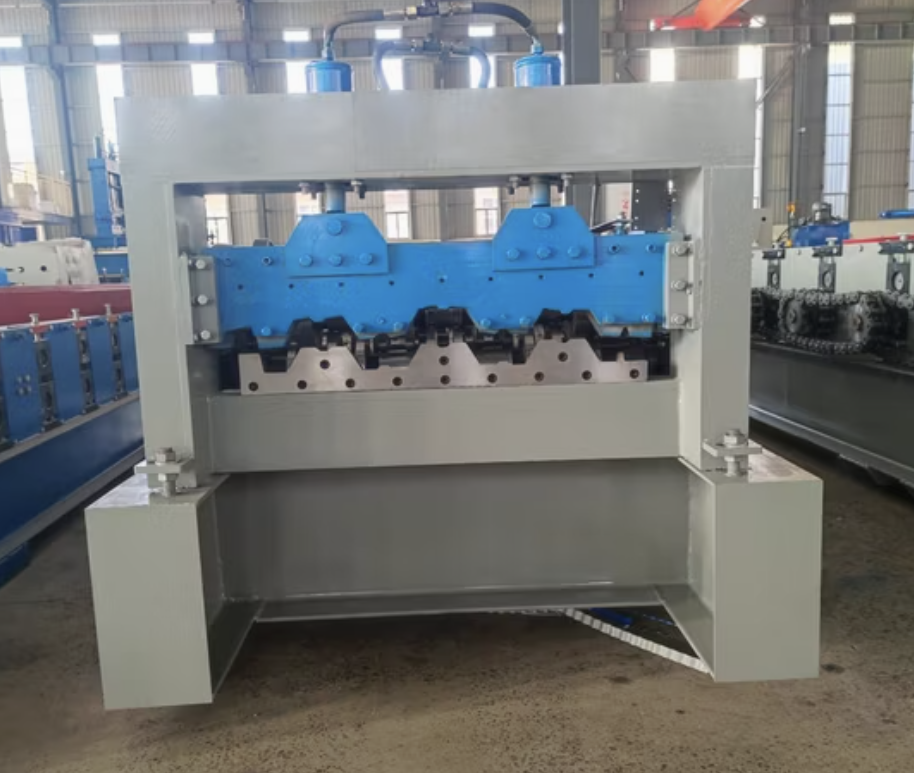To express an interest in this machine please submit the form below.

Not Sure What Machine You Need?
Select Your Profile, We'll Match It
Choose your desired profile drawing, and let Machine Matcher connect you with the best roll forming machine tailored to your needs.
Browse Profiles


A Metal Deck Roll Forming Machine is a specialized piece of equipment designed to produce metal decking profiles used in construction for roofing and flooring. These profiles are widely utilized for their strength, durability, and efficiency in supporting concrete structures or acting as roofing bases. The machine automates the process of forming galvanized steel sheets into corrugated or ribbed patterns, ensuring precision and consistency in production.
This machine is highly sought after in the construction and infrastructure industries for its ability to produce high-quality, load-bearing decking panels at a rapid pace. It is suitable for both large-scale manufacturing and customized production.
Q1: What industries commonly use metal deck roll forming machines?
A1: Metal deck roll forming machines are used in industries such as construction (roofing and flooring), infrastructure development, commercial building projects, and prefabricated building manufacturing.
Q2: What is the typical lifespan of a metal deck roll forming machine?
A2: With proper maintenance, the lifespan of a metal deck roll forming machine can exceed 15 years.
Q3: How does the machine handle different material gauges?
A3: The machine can be adjusted to handle varying material thicknesses (0.8–1.5 mm) by modifying the roller gap and hydraulic cutting system.
Q4: Can the machine produce custom profiles?
A4: Yes, the machine can be customized to produce unique profiles based on customer requirements. Profile drawings or CAD designs are typically required.
Q5: What maintenance is required for this machine?
A5: Regular maintenance includes lubrication of moving parts, cleaning of rollers, periodic inspection of the hydraulic system, and ensuring proper alignment of components.
Q6: Is operator training necessary?
A6: Yes, basic operator training is recommended to ensure efficient and safe operation. Training usually covers PLC programming, machine adjustments, and safety protocols.
Q7: What is the power requirement for this machine?
A7: The machine typically requires a three-phase power supply of 380V/50Hz or 415V/50Hz, depending on the region.
Q8: How long does it take to set up the machine?
A8: Installation and setup generally take 2–3 days, depending on the complexity of the configuration and the availability of skilled technicians.
Q9: What warranty is offered for this machine?
A9: Most manufacturers offer a 1–2 year warranty covering manufacturing defects, with additional service options available.
Q10: Can the machine operate continuously for long hours?
A10: Yes, the machine is designed for continuous operation. However, scheduled downtime for maintenance ensures optimal performance.
Copyright 2025 © Machine Matcher.